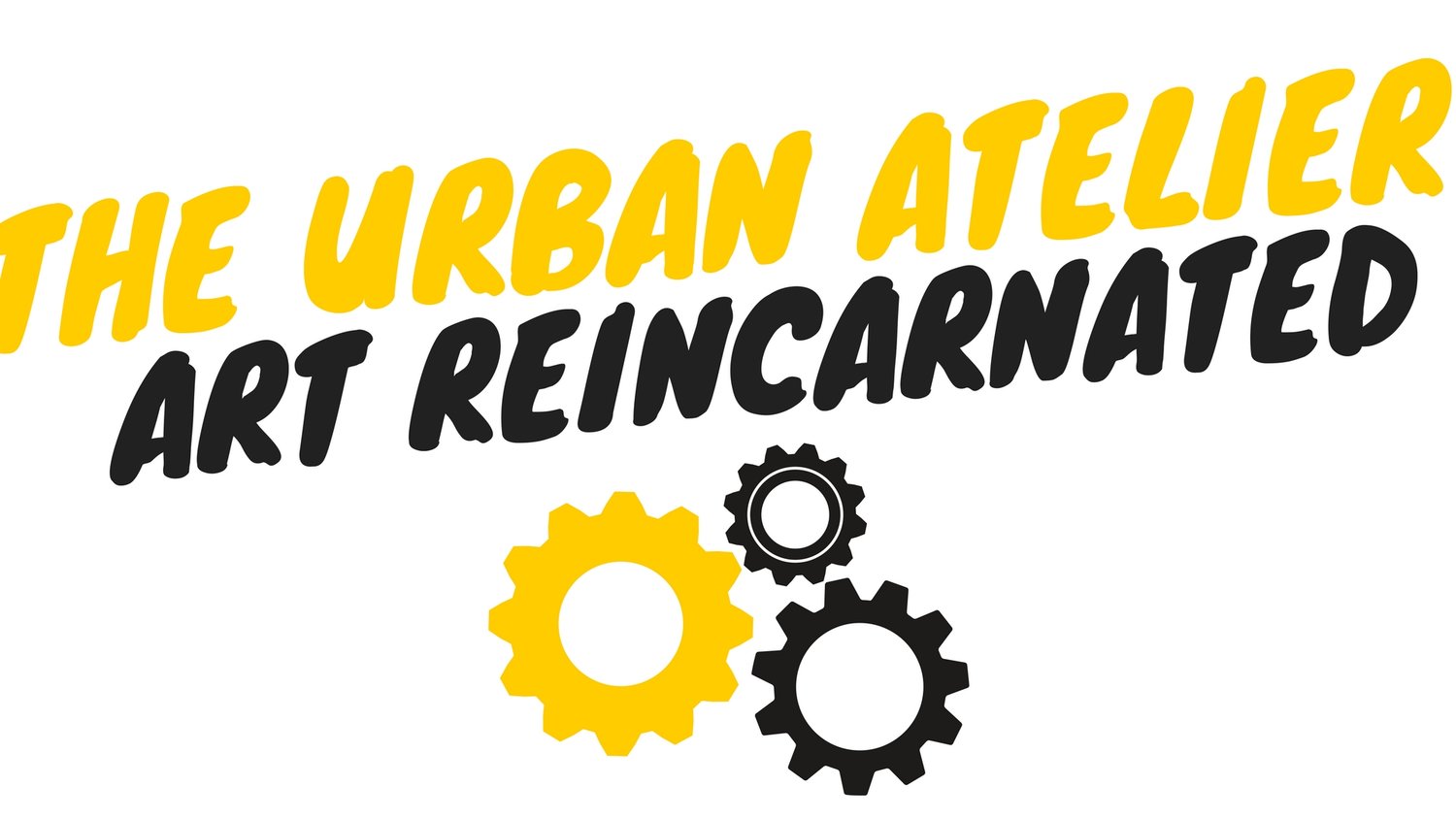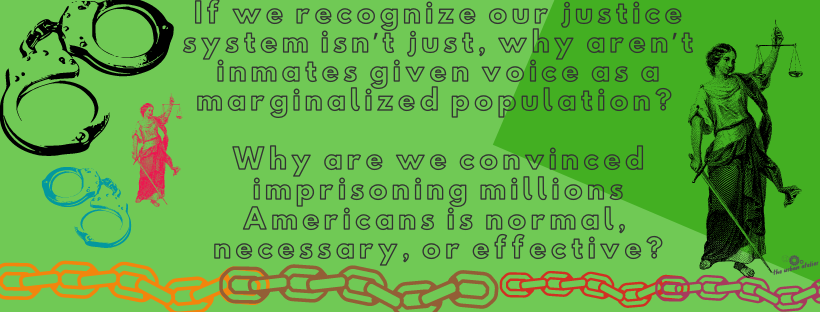Just Applied for a Grant to Support This Work.
So recently I applied for the first round of consideration for a Creative Capital grant. I have to admit the first time I applied I thought I did a good job writing about the project. I did not. #growth right?! I feel like my process and the way I think about my work has greatly improved and there is always more growing to do… The proposal I submitted is concerning my project, The New Slave Matrix. A four part project concerning the prison industrial complex and my family’s experience with the justice system. The application was actually a series of several questions. I compiled them and I thought I’d share.
The New Slave Matrix: The Stages of Loss In Reverse
The New Slave Matrix investigates the impact of America’s unyielding appetite for incarceration and the re-configuration of a system that commodifies the human body: slavery.
Why is there such complacency with 1.5 million Americans in prison?
If we recognize our justice system isn’t just, why aren’t inmates given voice as a marginalized population? Are we convinced (like Americans during the Antebellum period) imprisoning millions Americans is normal and necessary?
The New Slave Matrix: Stages of Loss In Reverse explores these questions.
Slavery is defined as “the condition in which one person is owned as property in involuntary servitude.” The New Slave Matrix doesn’t require conventional ‘work’. Over 4,000 companies profit from the prison industry. The annual cost to families for phone calls, emails, and commissary purchases totals more than $2.9 billion. The Prison Industrial Complex is an industry, dependent on bodies occupying a space: prison.
The New Slave Matrix is a multimedia project investigating the impact of America’s unyielding appetite for incarceration and the re-configuration of a system of body commodification: slavery. It interweaves stages of grief with personal narrative and socio-anthropological research illuminating how families, like my own, navigate connection staccattoed by years of incarceration.
Combining visual media and performance alongside billboards, projections, and film, The New Slave Matrix consists of interactive public experiences to engage and educate viewers. The project uses the stages of grief- shock, denial, anger + frustration, depression, decision, and integration- to illustrate the trauma of families separated by incarceration and the loss of an individual life that ‘could’ve been’.
The New Slave Matrix asks what does it take not only to survive and thrive, but also hold family together.
The primary goal of The New Slave Matrix is to broadcast the connection between prisons and profit as a public message. The presentation of a deeper understanding of what this means from a human rights perspective can be a catalyst for change. This project is meant to be shared publicly, not only in art and gallery spaces. Various components of this project will meet people where they are via projections, film, and billboards in public spaces.
The New Slave Matrix is a message from the Emergency Broadcast System.
The New Slave Matrix is my family’s story.
My brother Darrell has been in prison a decade. My Mother navigated cancer and witnessed her son struggle in the net of the ‘justice’ system simultaneously. Over the years, we have spent thousands of dollars for travel, emails and phone calls. Darrell purchases basic needs from the prison commissary managed by corporate entities. My desire to share my family’s story and spotlight the correlation between prison and profit fuels this current work.
As an artist, I focus on concepts that connect us all: faith, metamorphosis, storytelling, redemption, and rebirth. Artists like the Guerilla Girls have greatly influenced me; their presentations of statistics on billboards tell a story, are accessible, and influenced my public projections regarding the importance of voting.
I believe art activism can be a voice for those the public has been told to ignore. I am my brother’s voice.
The intended outcome for this project is to change minds. The New Slave Matrix is a call for education, accountability, and change. Another goal is connecting with the incarcerated as well as their support networks, demonstrating they are seen. Additionally educating and engaging those who are ignorant regarding the profiteering motivations of the Prison Industrial Complex is essential. The final objective is challenging lawmakers to eliminate opportunities for inmate exploitation by corporations and creating laws offering redemption for those who’ve committed a crime.
The goal of all of my work is to engage community not a gallery. The context of art is humanity. Lawmakers, sociologists, and voters are my focus; those who create the laws, those who study social impact, and those who vote for representatives that potentially create legislative solutions.
To provide arts access, education, and engagement independent of traditional art venues is a core component of my work. Public art often bridges the chasm between art education and access. Using a park, a library, retail or otherwise designated public space will assist in reaching as many people as possible.

